Lenses are one of the most essential components of a photographer’s toolkit, shaping how images are captured and perceived. Understanding the different types of lenses, their characteristics, and how to choose the right lens for a given situation is crucial for photographers looking to achieve their desired results and express their creative vision effectively.
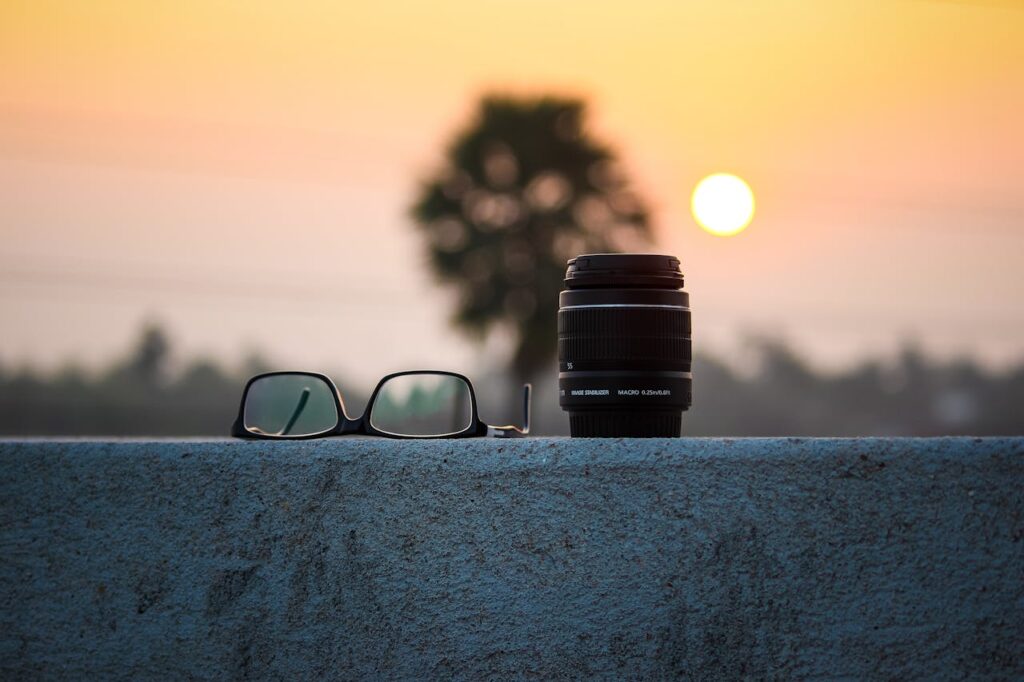
Types of Lenses
Prime Lenses: Prime lenses have a fixed focal length, meaning they cannot zoom in or out. They are prized for their sharpness, wide maximum apertures, and compact size. Prime lenses are popular for portrait photography, street photography, and low-light situations where maximum aperture and image quality are paramount.
Zoom Lenses: Zoom lenses have a variable focal length, allowing photographers to zoom in and out to change the framing of their shots. They offer versatility and convenience, making them suitable for a wide range of shooting scenarios, from landscapes and travel photography to sports and wildlife photography.
Wide-Angle Lenses: Wide-angle lenses have a shorter focal length than standard lenses, allowing them to capture a broader field of view. They are ideal for capturing expansive landscapes, architecture, and interiors, as well as creative perspectives and dramatic compositions.
Telephoto Lenses: Telephoto lenses have a longer focal length than standard lenses, allowing them to magnify distant subjects and compress perspective. They are popular for wildlife, sports, and portrait photography, where getting close to the subject is not always possible or practical.
Macro Lenses: Macro lenses are designed for close-up photography, allowing photographers to capture small subjects with incredible detail and magnification. They are commonly used for photographing flowers, insects, and other tiny subjects, as well as product photography and scientific imaging.
Specialty Lenses: Specialty lenses include fisheye lenses, tilt-shift lenses, and lensbaby lenses, which offer unique optical characteristics and creative effects. Fisheye lenses create distorted, panoramic images with a 180-degree field of view, tilt-shift lenses allow for perspective control and selective focus, and lensbaby lenses produce dreamy, ethereal images with selective focus and distortion.
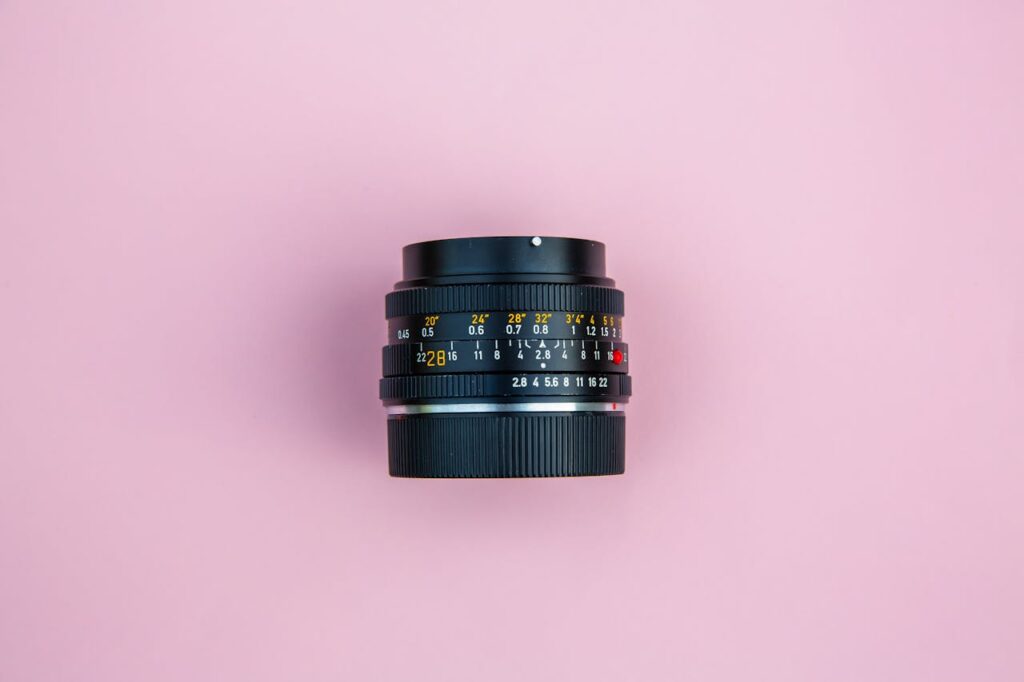
Key Characteristics of Lenses
Focal Length: Focal length determines the angle of view and magnification of a lens. Shorter focal lengths (e.g., 24mm) capture a wider field of view, while longer focal lengths (e.g., 200mm) magnify distant subjects.
Aperture: Aperture refers to the size of the opening in the lens through which light passes. A wider aperture (e.g., f/1.4) allows more light to enter the lens, resulting in shallower depth of field and better performance in low-light conditions.
Image Stabilization: Image stabilization (IS) or vibration reduction (VR) is a feature found in some lenses that helps reduce camera shake and blur caused by hand-held shooting at slow shutter speeds. IS/VR technology is particularly useful for telephoto lenses and shooting in low-light conditions.
Lens Coatings: Lens coatings help reduce reflections, flare, and ghosting, resulting in sharper, clearer images with better contrast and color saturation. Multi-coated and nano-coated lenses offer superior optical performance and durability compared to uncoated lenses.
Autofocus System: Autofocus lenses feature built-in motors or mechanisms that automatically adjust focus to keep the subject sharp and in focus. Different lenses may use different autofocus systems, such as ultrasonic motors (USM) or stepper motors (STM), which vary in speed, accuracy, and noise levels.
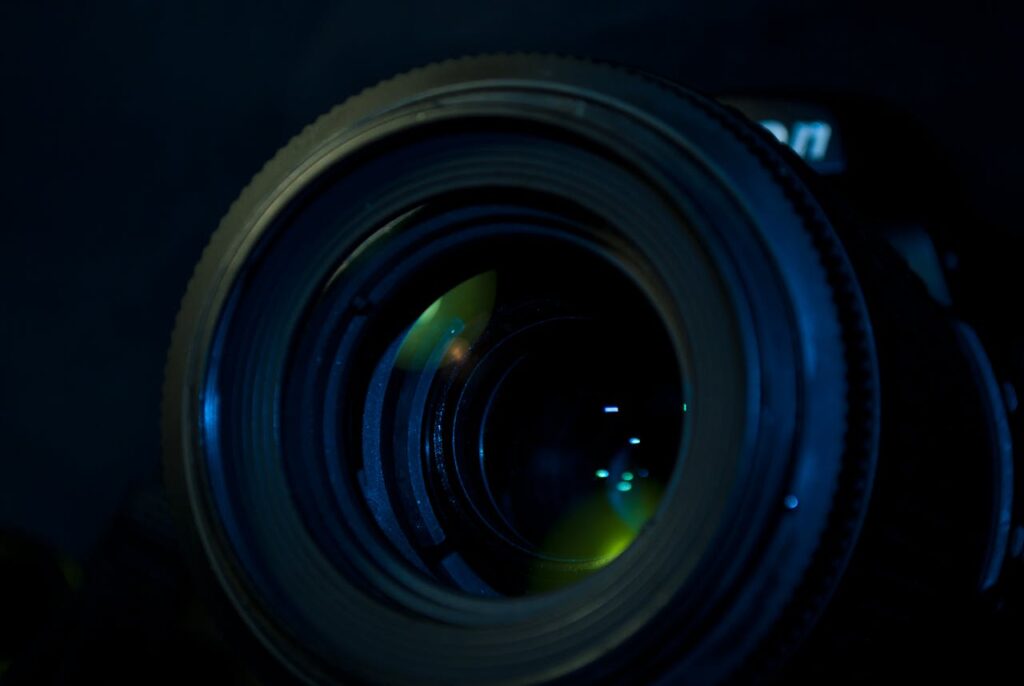
Choosing the Right Lens
When choosing a lens, consider factors such as your shooting style, subject matter, and budget. Think about the types of photography you enjoy and the specific needs and requirements of your projects. Research different lenses, read reviews, and try out different focal lengths and types of lenses to find the best fit for your needs and creative vision.
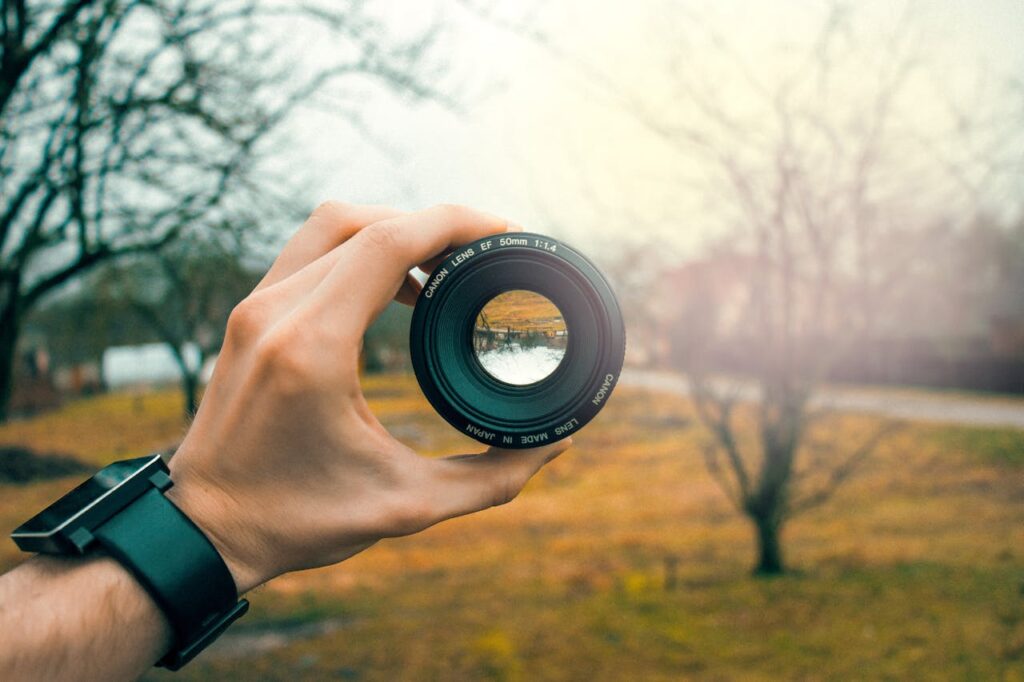
Using Lenses Effectively
Experiment with Different Perspectives: Explore different focal lengths and perspectives to find the most flattering and visually appealing compositions for your subjects. Experiment with wide-angle lenses for dramatic landscapes, telephoto lenses for intimate portraits, and macro lenses for close-up details.
Understand Depth of Field: Depth of field refers to the range of distance in a scene that appears acceptably sharp in an image. Experiment with different apertures to control depth of field and achieve the desired level of background blur and subject isolation in your images.
Pay Attention to Image Quality: Invest in high-quality lenses with superior optical performance and durability to ensure the best possible image quality and longevity. Take care of your lenses by keeping them clean and well-maintained, protecting them from dust, dirt, and moisture, and storing them properly when not in use.
Experiment with Creative Techniques: Don’t be afraid to experiment with creative techniques and effects using different types of lenses and focal lengths. Explore techniques such as panning, zooming, and selective focus to add visual interest and impact to your images.
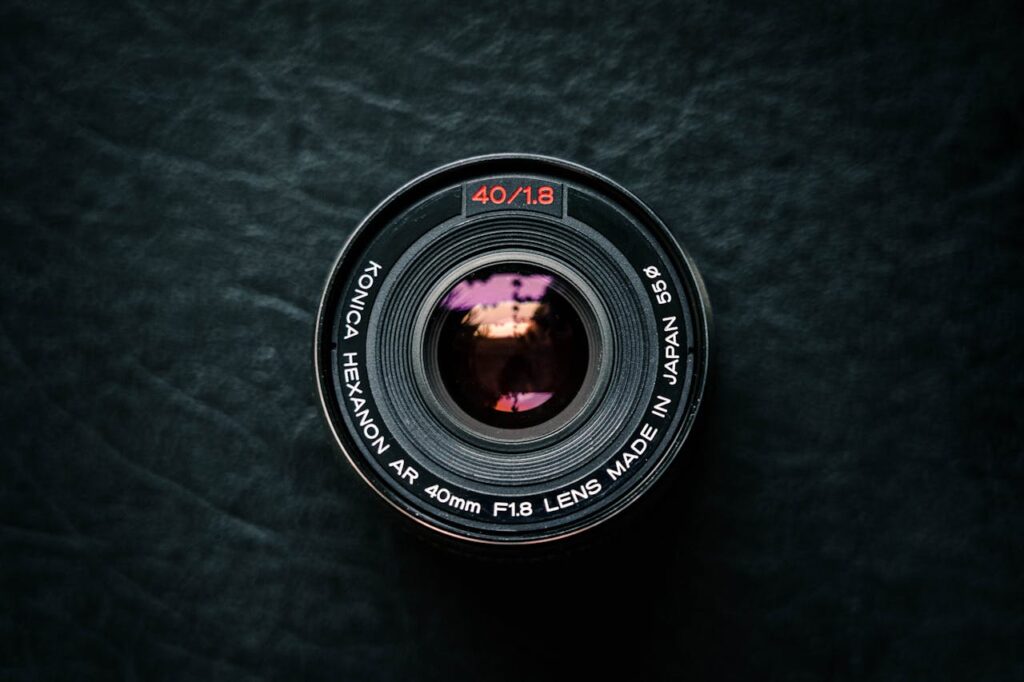
Conclusion
Lenses are essential tools that allow photographers to capture and express their creative vision effectively. By understanding the different types of lenses, their characteristics, and how to choose the right lens for a given situation, photographers can leverage the full potential of their gear and achieve stunning results in their photography.
